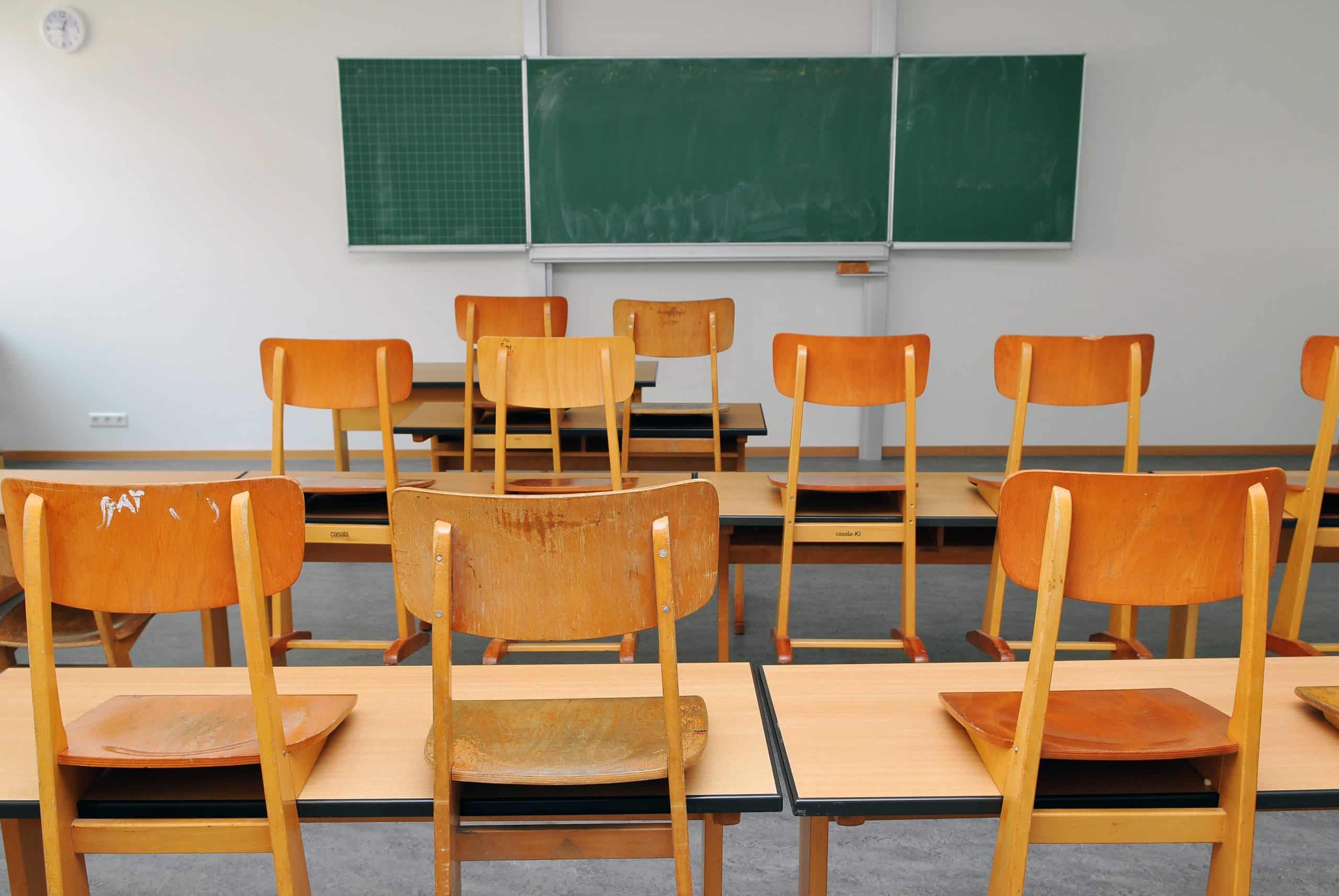If you are part of #Edutwitter, you see the various educators displaying the great work happening in their classrooms and districts. I may be alone in this, but I occasionally have FOMO when I scroll through. Social media sure knows how to paint a pretty picture of what’s going on. However, if you think critically and look beyond the highlight reel, you will know the reality of an increasing teacher shortage in the United States.
According to The U.S Department of Education’s report of teacher shortage areas, the current 2018-2019 school year still shows states with high teacher needs. Here are a few highlights:
- In Georgia, there are shortages in the areas of middle and high school science and mathematics as well as special education.
- California demonstrates shortages in several areas including E/LA, mathematics, science, special education, and even elementary education.
- The report in Florida reveals shortages in ESOL, mathematics, special education, and science.
Unfortunately, the reality of teacher shortages is not new. There are several reasons why teachers resign. Teachers are fed up with endless demands, the overwhelming voices of non-educators, and the endless testing requirements. There are plenty of other factors that cause teachers to leave the profession. Additionally, enrollment in teacher preparation programs has significantly decreased in the past years. Students are choosing different career options than teaching.
[bctt tweet=”Students are choosing different career options than teaching.” username=””]
There are a considerable amount of consequences of these long-standing teacher shortages. These positions are filled by underqualified teachers and long-term substitutes in many cases. Without fully qualified teachers who have the essential pedagogical knowledge needed to effectively educate, students suffer. High-poverty areas are especially experiencing a critical teacher shortage.
There needs to be a change in order to increase the amount of high-qualified teachers applying for the areas experiencing critical shortages. Some of these changes include, but are not limited to:
- increased pay
- a significant decrease in testing
- respect and acknowledgment for the teaching profession.
- adequate planning time to balance the increasing paperwork demands
- parent accountability
- Increased teacher input in policy decisions
Unless significant changes are made, there will continue to be teacher shortages in critical areas. At what expense? At whose expense? Unfortunately, that expense involves the students who need us the most.






